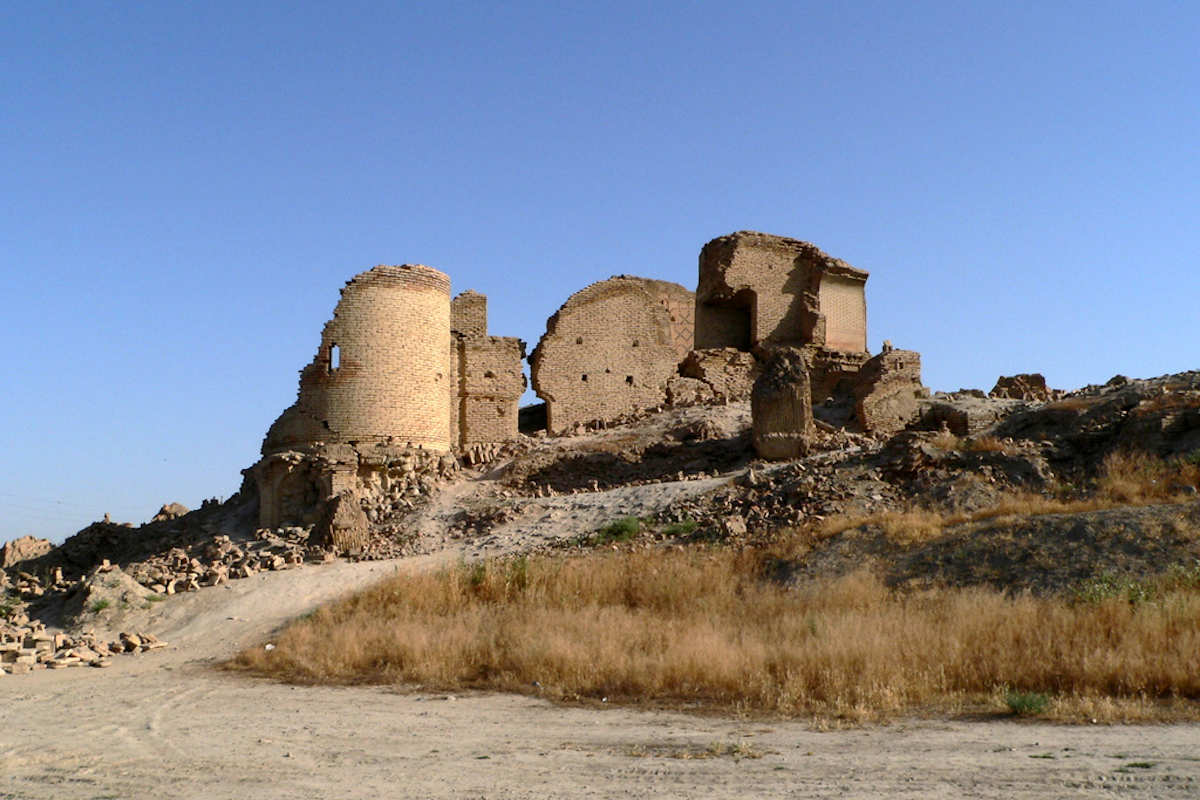Ashgabat - Settlement Anau
 The settlement of Anau is located 12 km east of Ashgabat. Archaeological findings indicate that the settlement of Anau already existed in the Neolithic period (IV-III millennium BC).
The settlement of Anau is located 12 km east of Ashgabat. Archaeological findings indicate that the settlement of Anau already existed in the Neolithic period (IV-III millennium BC).
The culture from this period is known as the Anau culture. The spread of adulterated building material – raw bricks – is associated with this culture. There are numerous monuments from the Stone and Bronze Ages on the territory of southern Turkmenistan.
These monuments have been preserved in the form of mounds of different sizes and heights, called “depe” in Turkmen. These mounds consisted of the remains of dilapidated mud-brick buildings.
Anau Depe is a typical monument of southern Turkmenistan from the Neolithic and Bronze Age. Not far from Anau Depe, east of Ashgabat is the historical monument – Anau settlement, on the site of which stands a XV century mosque.
The mosque hardly attracted the attention of the members of the Carnegie Institution expedition led by R. Pampelli, who excavated the so-called Southern and Northern Hills of Anau in 1904.
During the archaeological investigation of Fort Anau in 1947, the main stages in the history of its development became clear. The 10-metre-thick lower layers contain archaeological material that allows the fort to be identified with the Parthian camp of Gatar mentioned in Isidore Haraksky’s Diagonist.
In feudal times, the settlement flourished in centuries IX-X. After the Mongol invasion, life here came to a virtual standstill. Only in the XIV century did urban life revive, reaching its peak in the XV century – as evidenced by archaeological layers almost 2.5 metres high, rich in “Timurid” material.
The construction of a mosque and a rainwater reservoir, the Sardoba, is associated with this period.
